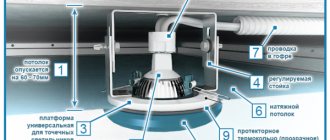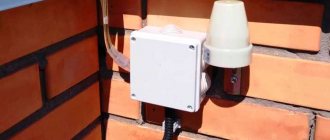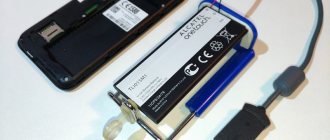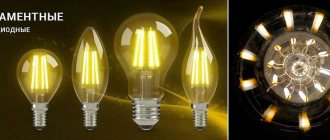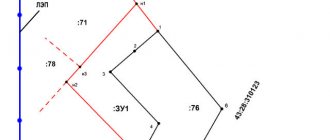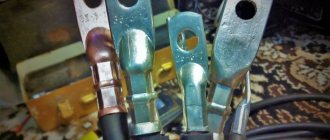Installation of solar panels
A solar battery is a set of photocells. These semiconductor (photovoltaic) devices, combined into panels, convert energy from the sun's rays directly into direct current.
Structurally, the solar panel (it is shown schematically in the photo below) generally consists of the following parts:
- framework;
- glass covering;
- photocells;
- conductive metal contacts;
- bases (back wall);
- films made of polymer material.
Solar panel device
The housing (frame, base, glass cover) is designed to fix photocells and protect them from the destructive effects of the external environment. Frame parts are made of dielectric materials. Photocells are attached to the housing in such a way that their replacement is possible.
Photoelectric converters (PVCs) today are made from various chemical elements. But silicon solar cells have become widely used industrially. These wafers consist of two silicon layers with different physical properties.
Silicon is a semiconductor. Each layer of the battery has its own characteristics:
- the outer layer of the photoelectric converter contains an excess amount of electrons (n-layer) - acts as a cathode (negative pole);
- There are not enough electrons in the inner layer (p-layer) - it is the anode (positive pole).
As a result of the heterogeneity (different types of conductivity) of the silicon semiconductor layers of the FEC, a p-n junction is established between them. Electron-hole conductivity occurs.
The heterogeneity of the photocell layers is achieved in several ways:
- adding various impurities to the same semiconductor material (doping);
- connection of semiconductors with different properties;
- composition changes;
- combining several methods.


